Kelvedon Hatch Secret Nuclear Bunker is hidden beneath the unassuming Essex countryside around midway between Brentwood and Chipping Ongar, providing a chilling reminder of tensions during the Cold War.
Built in the early 1950s, this three-storey underground complex was designed to house up to 600 people, including potentially the prime minister, in the event of a nuclear attack. The site was an official secret for many years only becoming public around the time it was decommissioned in the early 1990s. The bunker has since been transformed into a museum, offering visitors a glimpse into a bygone era of fear and uncertainty.
What to see at Kelvedon Hatch Secret Nuclear Bunker
Your visit begins at the bungalow, the only visible surface structure, which was designed to look like an ordinary cottage. After entering the bungalow, you can pick up the audio tour device, which they call a wand, and follow the tunnel that leads down to the real entrance, secured by a heavy blast door.
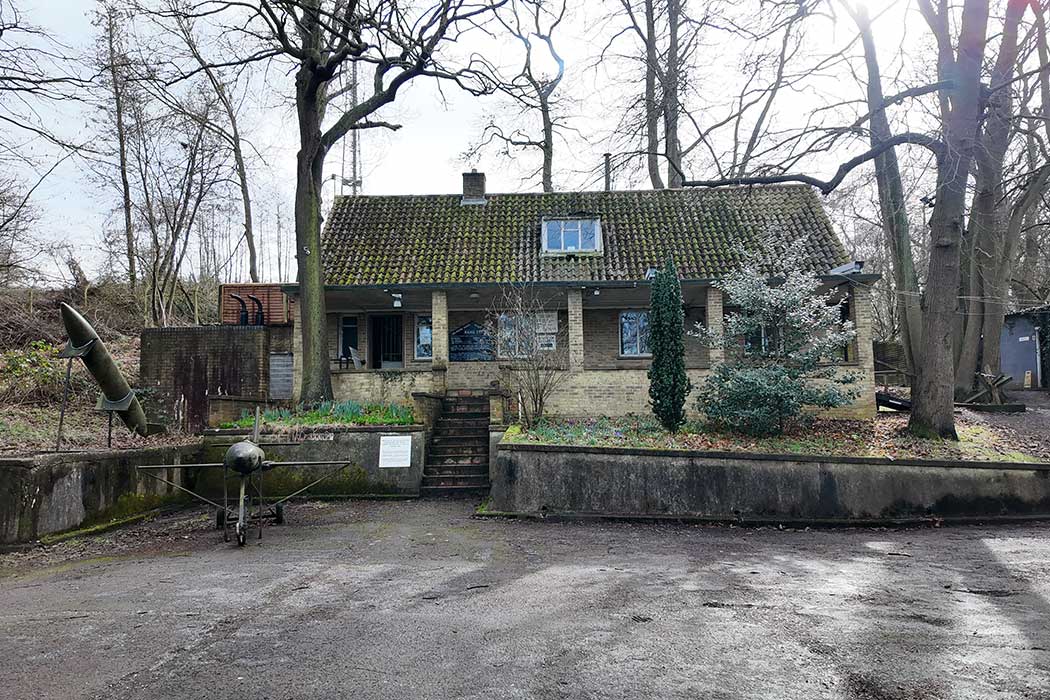
Inside you can see the original communication equipment, including switchboards and radios, that provides a connection to the bunker’s planned use in the event of a nuclear attack. Displays detail the history of the bunker, from its construction as part of the ROTOR air defence network to its conversion into a regional government headquarters.
Your visit progresses deeper into the bunker, revealing the various spaces designed to sustain life in the aftermath of a nuclear attack. The operations room, once the nerve centre of the bunker, housed personnel responsible for monitoring the situation above and coordinating a response. The filtering room showcased the technology intended to remove radioactive particles from the air supply.
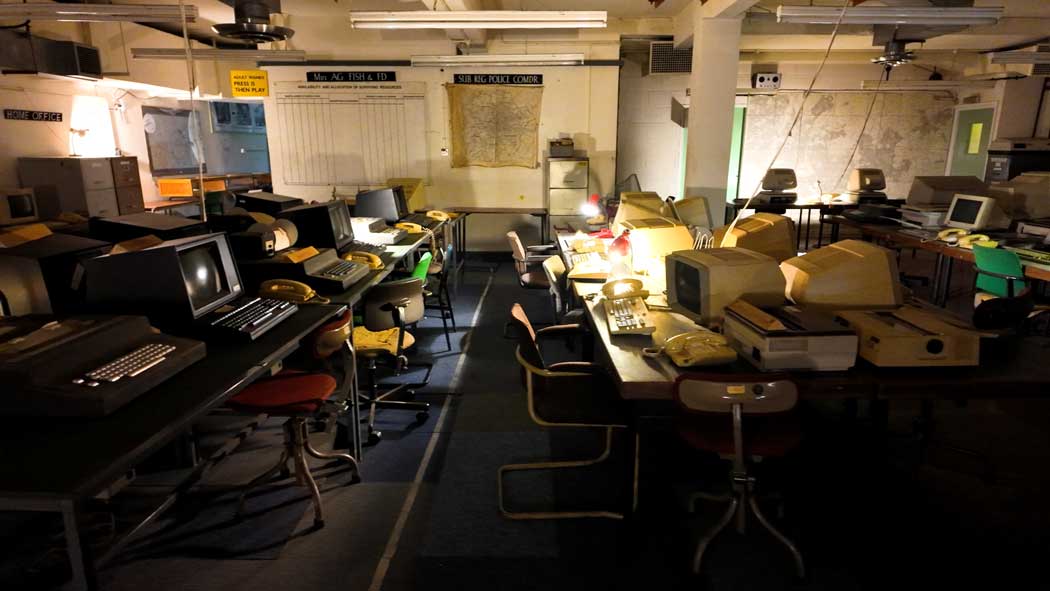
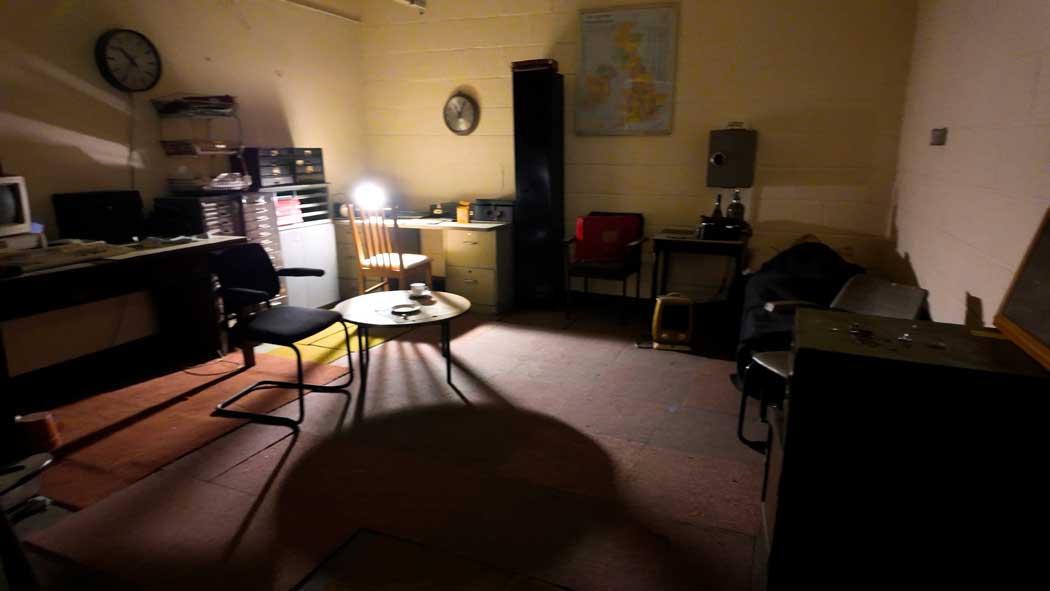
The austere dormitory rooms offer a reminder of the cramped conditions occupants would have endured. The bunker was designed to house up to 600 people, which meant that, in the event of a nuclear attack, beds would have also been placed in the corridors.
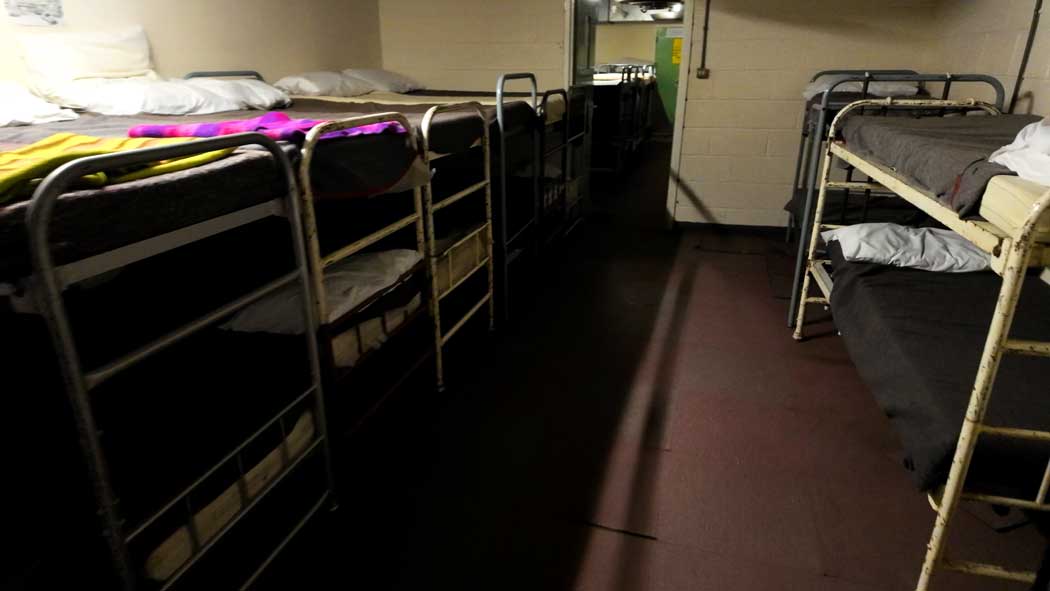
A visit to the bunker can be compared to other tourist sights, such as the Churchill War Rooms in London and the Western Approaches Museum in Liverpool, that were also formerly classified as secret military or government installations. While the Churchill War Rooms in London was focused on strategic decision-making during the Second World War and the Western Approaches Museum was focused on the logistical challenges of the Battle of the Atlantic, the Kelvedon Hatch bunker focused more on providing a seat of government in the event of a nuclear attack.
The secret nuclear bunker receives far fewer visitors than the Churchill War Rooms or the Western Approaches Museum and this shows in the visitor experience, which feels more amateurish and less polished. However, this is part of the charm, as it feels like a more hands-on experience and less of an organised tourist attraction. The location in the Essex countryside also adds to the experience as it feels like an adventure getting here, especially if you take public transport.
Visiting Kelvedon Hatch Secret Nuclear Bunker
Kelvedon Hatch Secret Nuclear Bunker is located 38km (24 miles) from Central London in the Essex countryside around halfway between Brentwood and Chipping Ongar; however, it is close enough to London for a day trip.
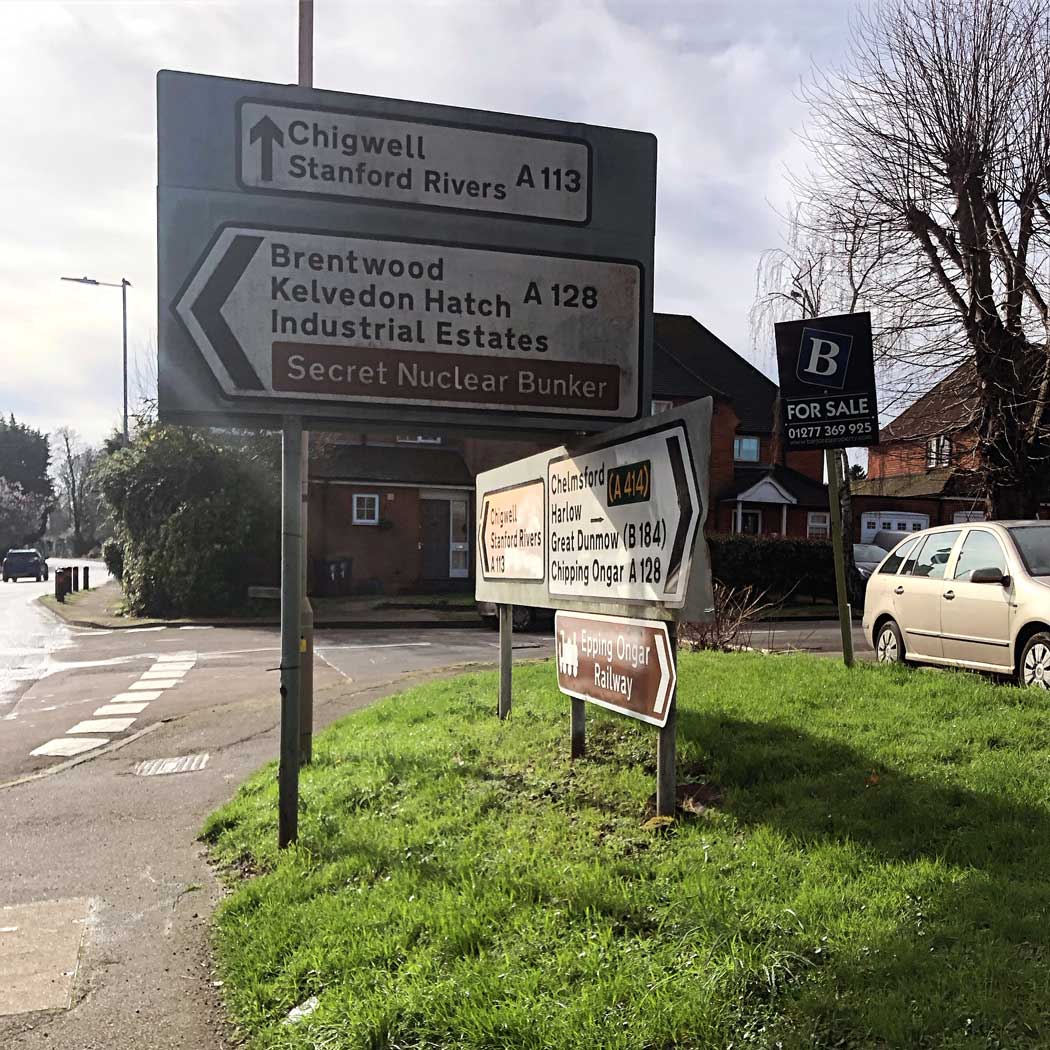
It is easiest to get here by car, and there is plenty of parking on site; however, it’s also possible to visit by public transport.
There are two ways to get here by public transport. The quickest option is to take the Elizabeth line to Brentwood and then local bus 21, which should take around an hour and 20 minutes. Alternatively, you can take the Central line to Epping, then take local bus 420 to Chipping Ongar, followed by bus 21 to the bunker. Note that these buses lie outside the Oyster ticketing zones, which means that they won’t count towards your daily Oyster cap (however, you can still use contactless payment on these buses).
The bunker is open daily between March and October and between Thursday and Sunday during the off-peak season. Admission costs £12 plus an extra £5 if you want to film or take photos.
Visitor facilities include a gift shop and a cafeteria. The site offers other attractions including a high ropes course, an air rifle range, axe throwing and a zip line.
Allow around 1–1½ hours for your visit; however, travel time to and from the site makes this a full-day excursion if you’re travelling from London.


There are no comments yet.